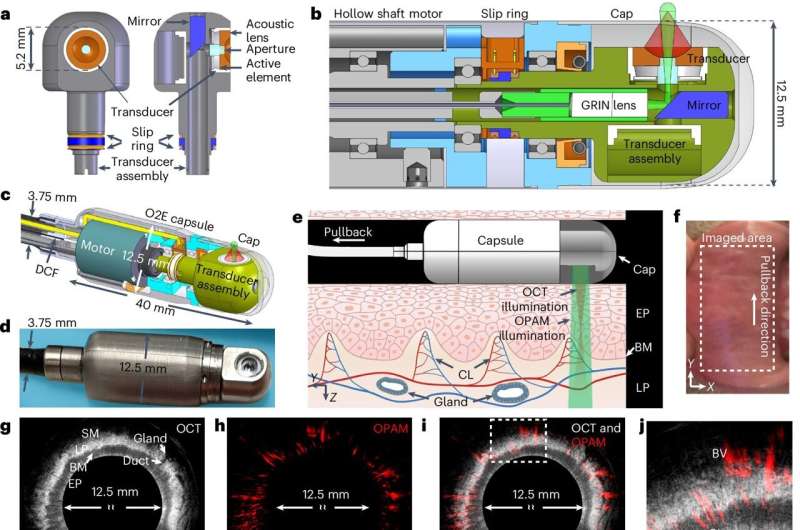Published in Nature Biomedical Engineering, the study demonstrates that this innovative endoscopy technology reveals even the smallest pathological tissue changes, significantly improving early detection and diagnosis.
Esophageal cancer ranks among the deadliest cancers: when diagnosed at an advanced stage, the survival rate is only about 10%. However, if detected early, around 90% of patients survive. The new O2E technology could play a crucial role in identifying changes in esophageal tissue at much earlier stages.
O2E combines two imaging techniques in a new endoscopy technology. While optical coherence tomography is particularly effective at capturing tissue structures, optoacoustic imaging—a method that stimulates tissue with light pulses and detects ultrasound signals resulting from the illumination—can visualize even the smallest blood vessels in deeper tissue layers.

